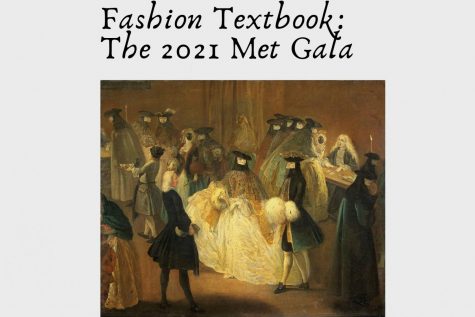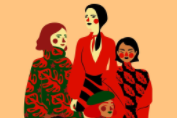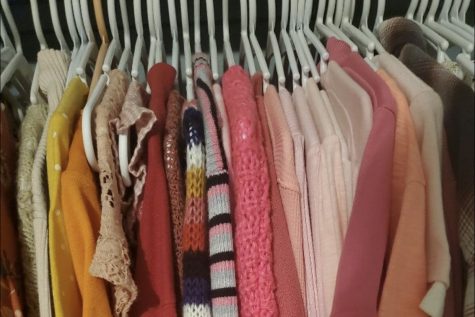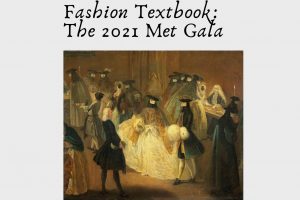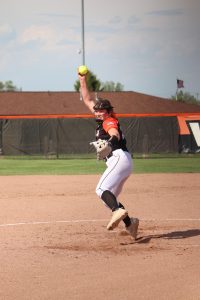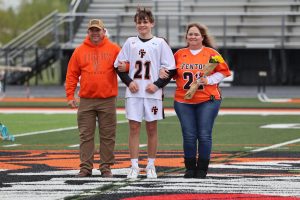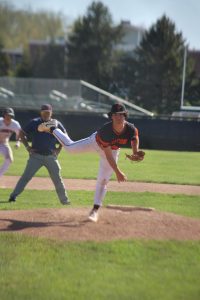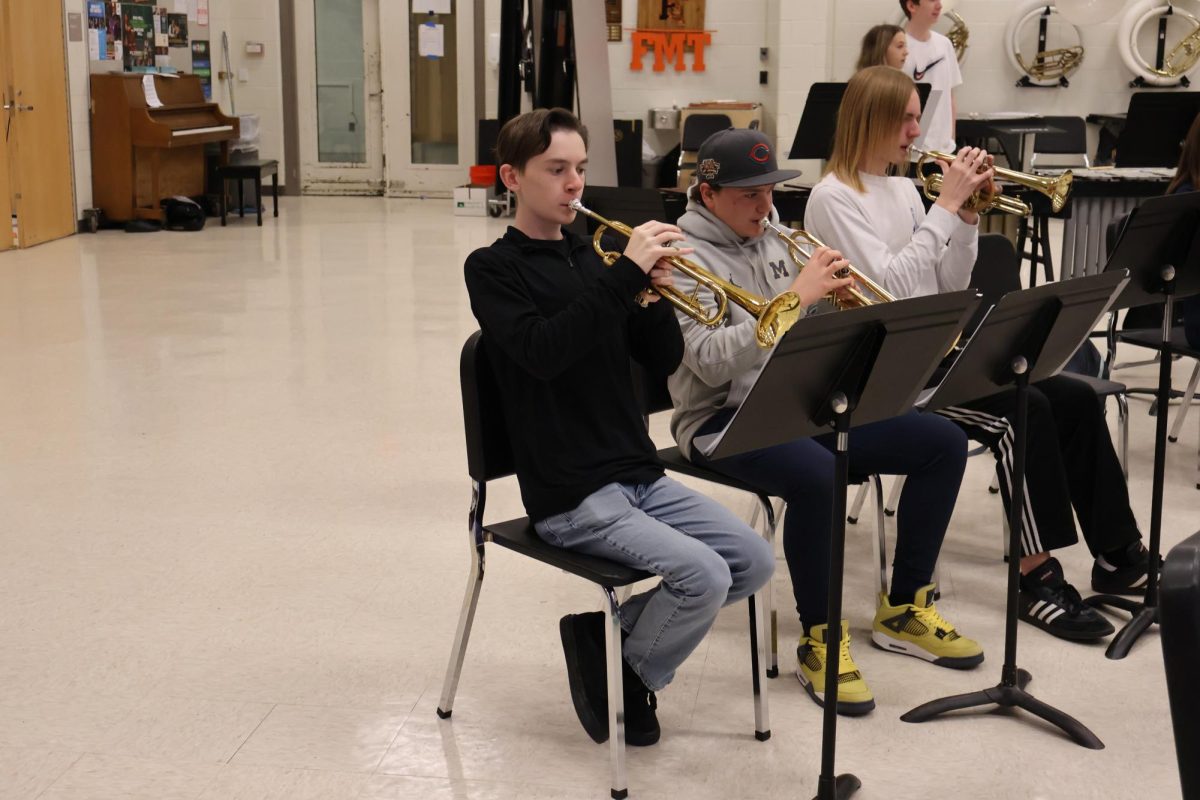The Fashion Textbook: How Halloween costumes develop
PHOTO Emmy Johnson
October 18, 2021
Halloween costumes have come a long way. With hundreds of trends coming and going throughout the last few decades, it’s not a surprise that the season of Halloween has its own trends, inspired by designers and their editorial style.
At first American culture didn’t celebrate Halloween. Despite this, a large number of Scottish and Irish immigrants entering America in the 18th century, in rural America these immigrants would celebrate “All Hallows Eve.” Making a point to be completely in disguise, by being covered head to toe with evening clothes and a gruesome mask.
By the 1920s-1940s, people were holding annual Halloween balls or galas in urban areas. Families would wear pop culture costumes, usually by the brand Halco, a costume designing business, while more wealthy people would wear elaborate evening gowns and costumes created by some of the most expensive designers such as Chanel or Gucci with masks covering their face. Halloween was more commercialized at that time and people began prepping for it as early as August. Designer brands from Europe to Asia would plan their editorial and October looks several months ahead.
By World War II, balls and galas dissipated as people were at war and designer costumes didn’t emerge again until the late 50’s. During this time costumes were usually family costumes as it was easier to buy a set instead of spending months planning and altering costumes. If the wealthy wished to look expensive they would repeat older costumes from the past year.
The 50’s and 60’s were based on pop culture references, it was more popular to wear a Wonder Woman costume instead of an evening dress. Because of this, designers would create looks and clothing lines. The 60’s had intergalactic references as an ode to “Star Wars” while the 70’s had slasher couture nodding towards the influx of horror movies appearing then.
The 80’s and 90’s completely changed the fashion industry. With more designer brands being founded it was hard to stay on top and to do so designers would create seasonal and editorial pieces made specifically for Halloween. The Oscar De La Renta Fall 1984 collection and the Thierry Mugler Haute Couture Fall and Winter 1995 collection were the talk of the season, while Oscar De La Renta’s inspiration was completely set on ball gowns as well as primary colors, Mugler took a more extreme turn, the collection in and of itself was— costumes.
Now trend cycles have primarily taken over Halloween costumes with an influx of new styles every two weeks. 2021 Halloween will be influenced by the work designers have put out these past few weeks, whether it was influenced by pop culture or sparked from imagination. Halloween costumes have always been couture, designer or not. This year people can expect a lot of pop culture influence from the 2000’s as well as an influx of fairy tale references.


